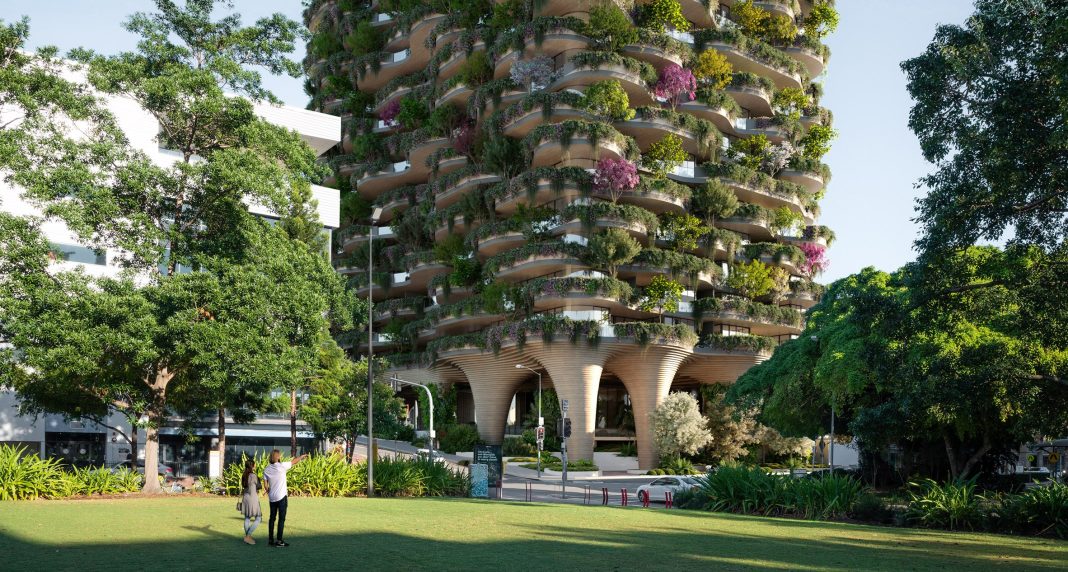In the face of escalating climate change impacts, urban forestry has emerged as a beacon of hope and innovation within cityscapes around the globe. As urban areas expand, green spaces and tree canopies become vital to combat the urban heat island effect, improve air quality, and enhance biodiversity. This article explores groundbreaking urban forestry projects that not only greenify cities but also offer sustainable solutions to climate change challenges.

The Root of the Solution: Urban Forests as Climate Champions
Urban forestry involves the planting, maintenance, and management of trees within urban settings—a practice increasingly recognized for its multifaceted benefits in the climate action arena. Trees are nature’s air conditioners, absorbing pollutants, sequestering carbon, and providing shade. In the concrete jungle, they become lifelines, offering respite to both the environment and the communities that dwell within.
Pioneering Projects Around the World
1. Singapore’s Supertree Grove
Singapore, known as the “City in a Garden,” is home to the Supertree Grove at Gardens by the Bay. These colossal tree-like structures are fitted with environmental technologies that mimic the ecological function of trees, from photovoltaic cells that harness solar energy to vertical gardens that contribute to the city’s biodiversity. The Supertrees are a testament to how urban forestry can blend with technology to create sustainable urban environments.
2. Milan’s Vertical Forest
Bosco Verticale, or the Vertical Forest, in Milan, Italy, incorporates full-grown trees and thousands of plants into the design of two residential towers. This project tackles air pollution head-on, producing oxygen while filtering particulate matter from the air. The Vertical Forest is a model for integrating nature with architecture, showcasing how urban spaces can become green havens.
3. New York City’s Million Trees Initiative
The Million Trees NYC initiative aimed to plant and care for one million new trees across the city. This ambitious project not only aimed to increase greenery but also to engage communities in tree planting and care, fostering a sense of stewardship towards the environment. It’s a powerful example of how urban forestry can mobilize citizens towards climate action.
4. The Great Green Wall of Africa
While not confined to a single city, the Great Green Wall initiative aims to combat desertification in the Sahel region of Africa by planting a vast belt of trees across the continent. This project illustrates the potential of forestry efforts to transform landscapes on a grand scale, improving local climates, soil quality, and livelihoods.
The Science Behind the Leaves
Urban forestry’s impact on climate change mitigation is backed by science. Trees absorb CO2, a principal greenhouse gas, and store it in their biomass, making urban forests significant carbon sinks. Furthermore, the shade provided by trees can reduce the need for air conditioning, cutting down on energy consumption and greenhouse gas emissions.
Overcoming Challenges
Despite their benefits, urban forestry projects face challenges, from the selection of suitable tree species that can thrive in urban environments to ensuring the long-term maintenance and survival of these green assets. Moreover, there’s a need for urban planning that integrates green spaces without sacrificing development goals, requiring innovative solutions and cross-sector collaboration.
Engaging Communities in Urban Greening
The success of urban forestry projects often hinges on community engagement. Initiatives like the Million Trees NYC demonstrate the power of involving local residents in planting and caring for trees, fostering a collective responsibility towards urban greening efforts.
The Path Forward: Policies and Innovations
Supportive policies and continued innovation are crucial to scaling up the impact of urban forestry. This includes funding for green projects, incentives for incorporating greenery into building designs, and research into resilient tree species that can withstand urban conditions. As cities continue to grow, these initiatives represent vital steps towards sustainable urban development.
Conclusion
Urban forestry stands at the intersection of innovation and sustainability, offering a path forward in the battle against climate change. Through projects that range from technological marvels like Singapore’s Supertree Grove to community-driven initiatives like New York City’s Million Trees, cities are finding new ways to breathe life into the concrete landscape. As we look to the future, the expansion of urban forestry projects across the globe is not just desirable but necessary for the health of our planet and the well-being of urban dwellers everywhere.

